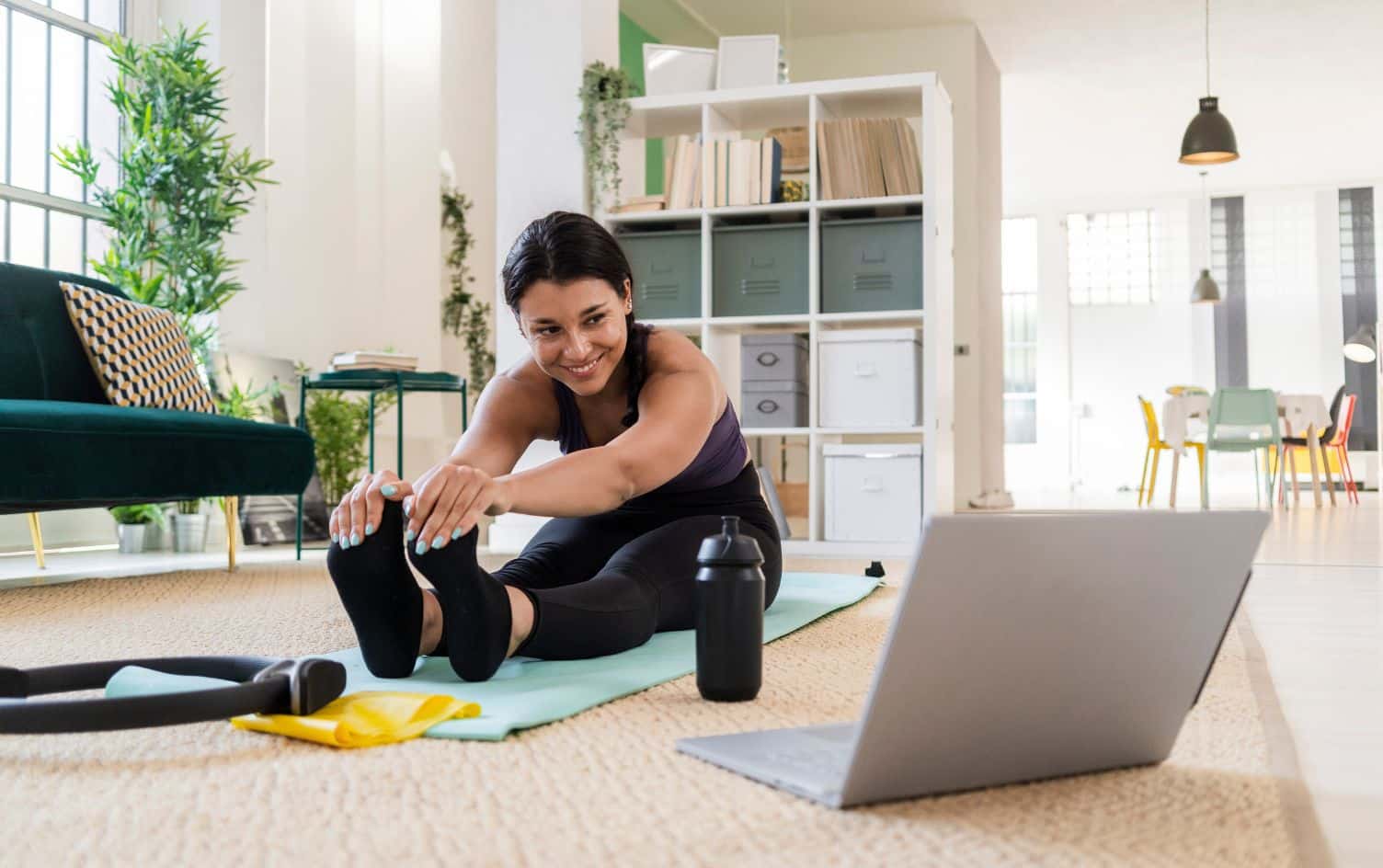Stretching has long been a recommendation from trainers, coaches and doctors.
Going for a run? Stretch.
Lifting weights? Make sure you stretch.
Something’s tight or sore? Stretch it.
You get the picture. But what if not everyone needs to stretch? And what if endless stretching actually causes more harm than good?
Don’t get me wrong; stretching is awesome … for most people. It improves range of motion and helps with relaxation — two things many people need in spades. But stretching isn’t the best choice for people with joint hypermobility, meaning their joints have more range of motion than normal. You’ll often hear these people say they’re “double-jointed” as they show off their bendy fingers and arms.
Whether they’re born with hypermobility or acquire it from repeated activity (i.e. baseball players and swimmers can develop hypermobile shoulders), this can lead to injury from lack of stability in vulnerable joints like the shoulders and hips. Remember: Flexibility without strength isn’t good for much, but neither is strength without flexibility. You want both so you can be well-rounded in your exercise pursuits.
THE BEIGHTON SCORE
The Beighton Scale is a test used to assess joint hypermobility and identify people who may have Ehlers-Danlos syndrome (EDS), a soft-tissue disorder that results in hypermobility of the joints, skin and other organs. While not everyone who tests positive on the Beighton Scale has EDS, the point stands that a positive score means you need more stability (strength) than mobility (range of motion) in the positive-scoring joints.
Take yourself through these tests to check for joint hypermobility:
- Straighten your elbow as much as possible. Positive score: elbow bends backward more than 10 degrees (1 point per arm).
- Straighten your knee as much as possible. Positive score: knee bends backward more than 10 degrees (1 point per leg).
- Bend your thumb back toward your forearm. Positive score: thumb touches forearm (1 point per hand).
- Bend your pinky finger backward as far as possible. Positive score: Pinky bends back more than 90 degrees (1 per point hand).
- Bend down and try to touch the floor with your hands. Positive score: Hands placed flat on the floor with knees straight (1 point).
Tally up your points for each test for a total score from 0–9. A lower score means stiffer joints, so stretch to your heart’s content. A higher score means more mobile joints, so focus more on strengthening exercises to stabilize your joints.
READ MORE > 5 STRETCHING MYTHS, BUSTED
EXERCISES FOR HYPERMOBILE JOINTS
Instead of stretching hypermobile joints, choose strengthening exercises to stabilize those joints.
BAND-ASSISTED LEG LOWERING

If your hamstrings feel tight, but you can hyperextend your knees or put your palms on the floor while standing, it’s likely your lower back is stronger than your abs. Your hamstrings are working overtime to make up for underactive abs, so more stretching won’t help you in this case. Instead, improve your core strength and hip stability with band-assisted leg lowering.
KETTLEBELL WAITER’S WALK

If you got a positive score on any of the upper-body tests, you probably don’t need much upper-body stretching. You’ll want to build strength in your shoulders, elbows and wrists, and few things do this better than picking up weights and carrying them. Try the kettlebell waiter’s walk with your arms bent or straight overhead to strengthen your rotator cuff muscles and your core at the same time.
PUSHUPS

Similarly, if you can hyperextend your elbows or bend your fingers into crazy positions, you need upper-body stability. Pushups strengthen the wrists in an extended position and teach you to not hyperextend your elbows. Make sure you keep a “soft” lockout at the top of each rep and focus on keeping a straight line from head to toe.
BOWLER SQUATS
https://www.youtube.com/watch?v=q2deoqS4Z-Q
Stretching your glutes is all well and good, but if you can hyperextend your knees, you need extra strong glutes to stabilize them. For a combination stretch-and-strengthening exercise that’s more specific to dynamic activities like running, jumping and lunging, try the bowler squat.




